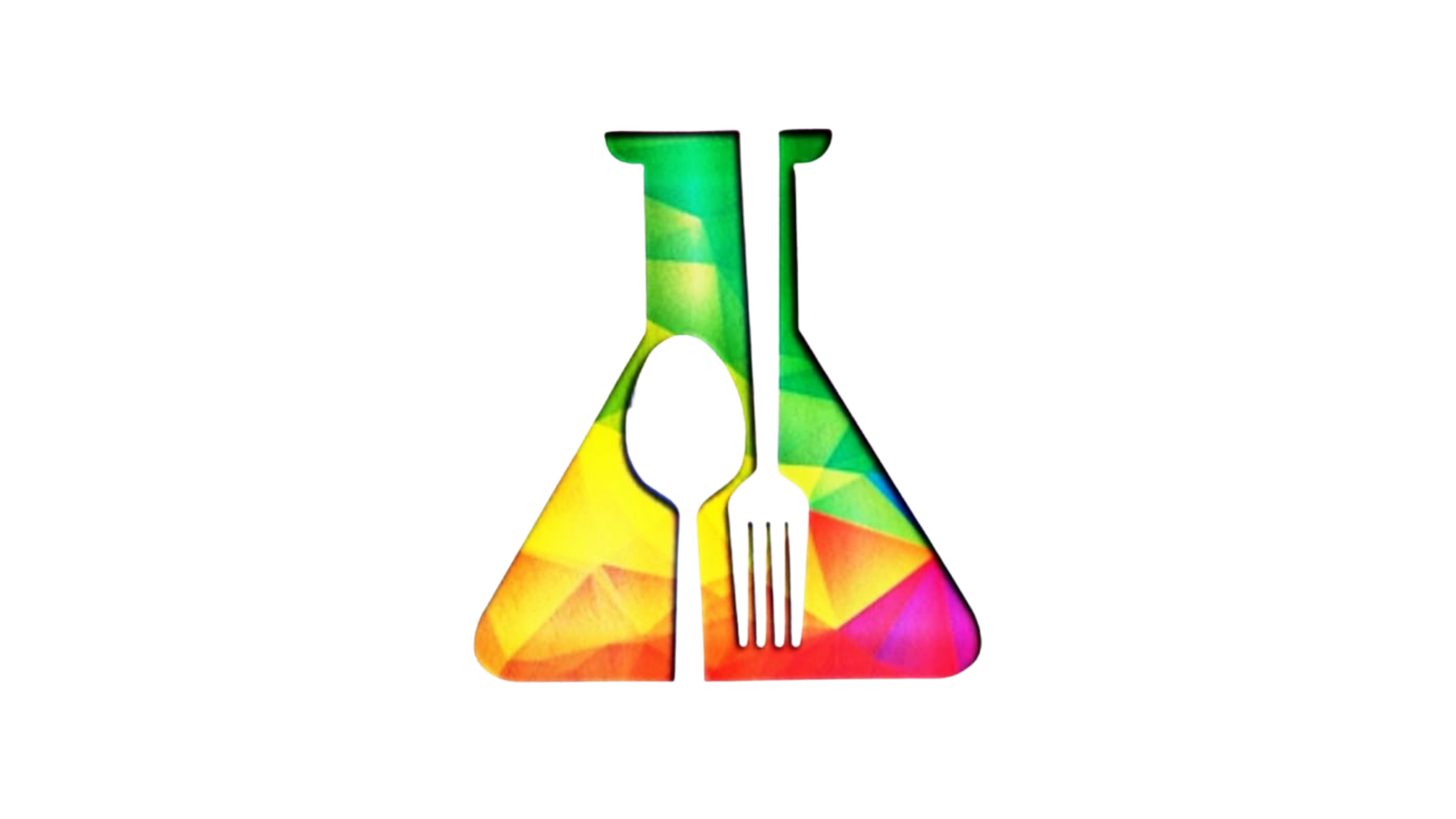1. ___________of fruits and vegetable consist of drying the food to about 50% of its original weight and volume and then freezing the food to preserve food
- Dehydro freezing
- Quick freezing
- Plate freezing
- All of the options
Answer: a)
Preservation by Low Temperature
- Freezing
Freezing may preserve foods for long periods of time provided the quality of the food is good to begin with and the temperature of storage is far enough below the actual freezing temperature of food for long preservation. In vegetables, enzyme action may still produce undesirable effects on flavour and texture during freezing. The enzymes therefore must be destroyed by heating before the vegetables are frozen.
- Slow freezing process
It is also known as sharp freezing. In this method, the foods are placed in refrigerated rooms at temperatures ranging from –40C to –290C. Freezing may require from 3 to 72 hours under such conditions. Home freezing is done by sharp method.
- Quick freezing process
The lower temperatures used –320 C to –400 C freeze foods so rapidly that fines crystals are formed and the time of freezing is greatly reduced over that required in sharp freezing. In quick freezing, large amount of food can be frozen in a short period of time.
- Dehydro freezing
Dehydro freezing consists of drying the food to about 50% of its original weight and volume and then freezing the food to preserve it. Generally fruits, vegetables, meat, pork and poultry products are preserved by this method.
2. In aseptic canning, the sterilization temperature of food may be as high as 150C and sterilization takes place in
- 1 or 2 sec
- 3 or 4 sec
- 6 or 7 sec
- 5 or 6 sec
Answer: a)
Aseptic canning is also known as high-temperature–short-time (HTST) processing, aseptic canning is a process whereby pre sterilized containers are filled with a sterilized and cooled product and sealed in a sterile atmosphere with a sterile cover.
3. Kick’s law has been found to apply best to ______________crushing
- Fine
- Intermediate
- Coarse
- None of the above
Answer: c)
Kick’s law, more closely relates to the energy required to effect elastic deformation before fracture occurs, and is more accurate than Rittinger’s law for coarse crushing where the amount of surface produced is considerably less.
4. The bacteria of greatest concern in canning is
a. Salmonella
b. E. Coli
c. Clostridium botulinum
d. All of the above
Answer: c)
Clostridium botulinum can survive under adverse conditions as a spore, which is a little survival pod. When the conditions are favorable, as in a jar of improperly canned low acid food, the spore emerges from its pod, begins to grow, and multiply and produce the deadly botulinum toxin. To prevent toxin formation, low acid foods such as vegetables, meats, poultry, seafood, and combination foods must be canned in a pressure canner for a specified amount of time at a specific pressure. Under pressure, a temperature of around 240°F is achieved, thus destroying the spore.
5.. We blanch vegetables before freezing primarily to
a. Kill bacteria
b. Destroy spores
c. Retain color
d. Inactive enzymes
Answer: d)
Inactivate enzymes or those chemicals in food that cause food to lose color, flavor, and nutrients over time. Blanching does destroy surface bacteria, but it does not destroy spores. Proper blanching is essential for a quality frozen vegetable.






Comments